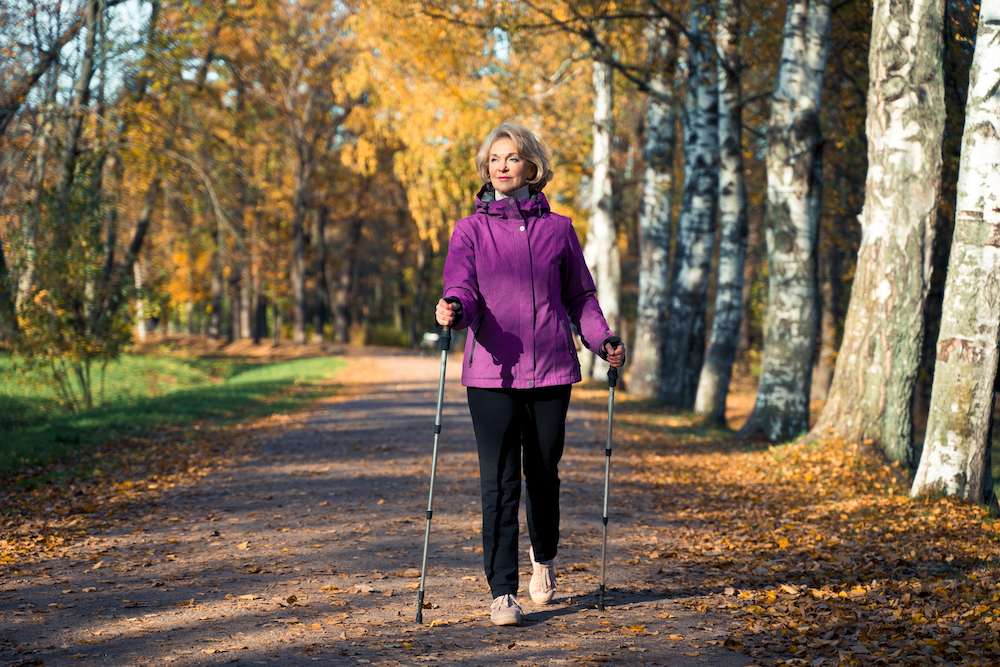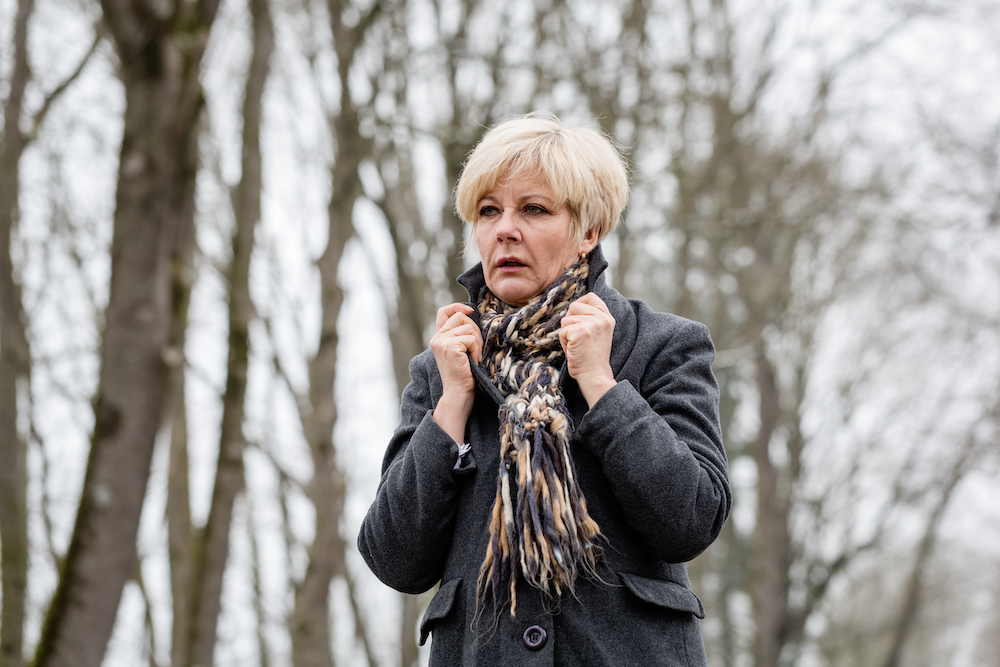What is Seasonal Affective Disorder?
Seasonal Affective Disorder, also very aptly known as SAD or more commonly known as seasonal depression, is something that can occur in anyone, no matter your age. While it’s unsure what circumstances actually cause Seasonal Affective Disorder, it’s most often believed that the growing lack of sunlight is a major contributing factor.
There are a few different reasons for this. One reason is that your body’s circadian rhythm is affected by sunlight, so the less sunlight that you’re able to see, the more that your body thinks that it needs to sleep. When your body thinks it needs to sleep, it leaves you feeling tired and lethargic, which only lends itself to the feelings of depression.
If you feel like this may be the case, then don’t feel alarmed. Seasonal Affective Disorder isn’t a result of anything you did; it can happen to anyone, whether your senior is still living at home or is safely in assisted living in Oceanside.
What Are the Symptoms?
If you start to notice that you or your loved one is experiencing these symptoms, then it may be Seasonal Affective Disorder. Some of the symptoms include:
- a loss of interest in activities
- irritability or anger
- trouble concentrating or memory issues
- withdrawing from friends and family
- and increase or decrease in weight
- feeling listless or untethered
You may be thinking to yourself, “wow, these symptoms are very similar to those of depression”, and you’d be right! Because SAD is also commonly known as “seasonal depression,” many of the symptoms exhibited from those experiencing SAD are similar to the symptoms of depression. If you’re concerned that you or your loved one is experiencing these symptoms outside of the seasonal changes, then you might want to consult your doctor to get more insight.
Ways You Can Help
While there is no fool-proof method to preventing or eliminating the symptoms of Seasonal Affective Disorder, there are ways that you can help. Here are some easy ways to help yourself or your loved one battle SAD:
1. Know What The Risk Factors Are
Believe it or not, certain individuals may be more prone to experiencing Seasonal Affective Disorder than others, and some people may experience it more aggressively than others. For example, SAD is actually more prevalent in women than in men, and individuals who have a personal or family history with depression may be more prone to experiencing seasonal depression.
Another risk factor is actually your location! Because SAD is typically related to a lack or decrease in light from outside, those who live in sunnier areas are less likely to experience Seasonal Affective Disorder than those who live in more gloomy places. For example, seniors living in assisted living in Oceanside, California, are going to be less likely to experience SAD than those who are living in the rainy Pacific Northwest.
2. Light Exposure Can Help
Because SAD is believed to be related to a lack of light exposure, helping your senior get more light into their home may be a way to combat seasonal depression.
To help yourself or your senior loved one get more light, try going on short walks every day. It may be cold outside, but you don’t need to stay outside for long. If you have access to an outdoor porch, then try sitting outside for a while every day. You can even take a blanket outside to make sure that you’re staying warm!
If you’re opposed to being outside for too long, then find the sunniest room in the house. Open up all the curtains and blinds to let as much light as possible into the room and sit in the sun. Don’t spend all of your time in the darkest room in the house, either! Make an effort to be in the bright rooms in your home or apartment that get the most sun. It really will help.

3. Get Up and Active
When it’s cold outside, there’s nothing that’s more comforting and relaxing than curling up on the couch under a blanket and enjoying the quiet. While it’s the perfect time of year to do warm and cozy activities like this, they shouldn’t be the only thing you’re doing during this time.
Getting up and active is one of the best ways to help fight seasonal depression. Physical activity has been known to reduce stress and anxiety, and getting up and active can help you to sleep better at night, too, getting you ready for the day ahead. Even if you only do small workouts during breaks in your day like waiting for the microwave to finish heating up your lunch or if you arrive at your washing machine a few minutes early, that active time really adds up!
4. Know When to Get Help or See a Doctor
It’s normal to have days where you feel down, tired, and lethargic. Not only is a normal part of growing older, it’s a normal part of simply being a human. What’s important to note, however, is that this shouldn’t be a constant feeling.
If you or your loved one is starting to feel constantly tired and bogged down or you don’t enjoy doing things that made you happy previously, this may be the time to go and speak with your doctor. Seasonal Affective Disorder is a type of depression, and the best way to help combat depression is with a doctor’s help. There is no shame in seeking help if you believe that you or your loved one might need it.
Assisted Living in Oceanside
During the cold winter months, our assisted living in Oceanside is committed to making sure our residents and their families are happy and healthy throughout the entire chilly season. In assisted living, you never have to worry about being home alone and left to your own devices. There’s always someone right around the corner ready to get you up, active, and involved.
If you’re interested in making Bayshire Carlsbad your home away from home this winter season, contact us and schedule a tour today!



